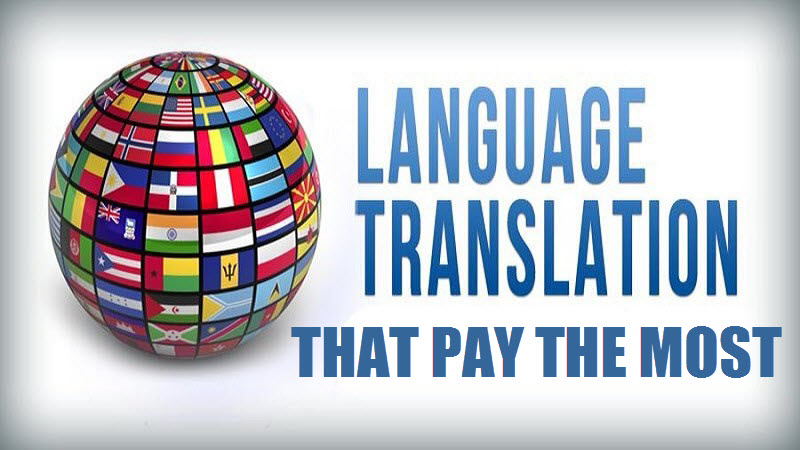These days, mobile applications are increasing in popularity so fast that makers cannot match the demand. From anything from a fitness tracker to a GPS to a movie downloader, there always seems to be a demand for more. Once the app has been developed, the maker’s needs to know which languages are likely to be most popular for users. If the app is in a high use language there will be many downloads while in a lesser used language there will be less downloads.
It’s not just the 300 million plus U.S. market that is seeking out new apps, but those residing in the Asia-Pacific region are chasing them for their mobile phones, too. It’s important to localize the app into these languages using a professional translation service so that maximum downloading will take place. For the mobile app market English still ranks the highest taking 25 percent of the market followed by Spanish at 15 percent. Not far off are those who speak simplified Chinese, which make up 12 percent of the down-loads. Japanese down-loaders make up just 5% percent of the total, with Korean and French at 4 percent, German 3 percent and Portuguese at 2.3 percent.
Those who use the web the most are English speakers who make up 26 percent, with Chinese a close second at just a little over 24 percent. Spanish web users make up 7.8 percent followed by Japanese at 4.7 percent, Portuguese at 3.9 percent and German at 3.6 percent.
Those people who are developing apps need to know the most favoured languages used by app down-loaders so they can maximize their profits. Localizing applications is the best way to draw in a large market and there are some great professional language translators available to do a good job at language translations and as well as the key languages they can handle over 70 other languages too. It’s important to localize an app as quickly as possible before competitors get in on the act and take your market because of the language flexibility of the app.




